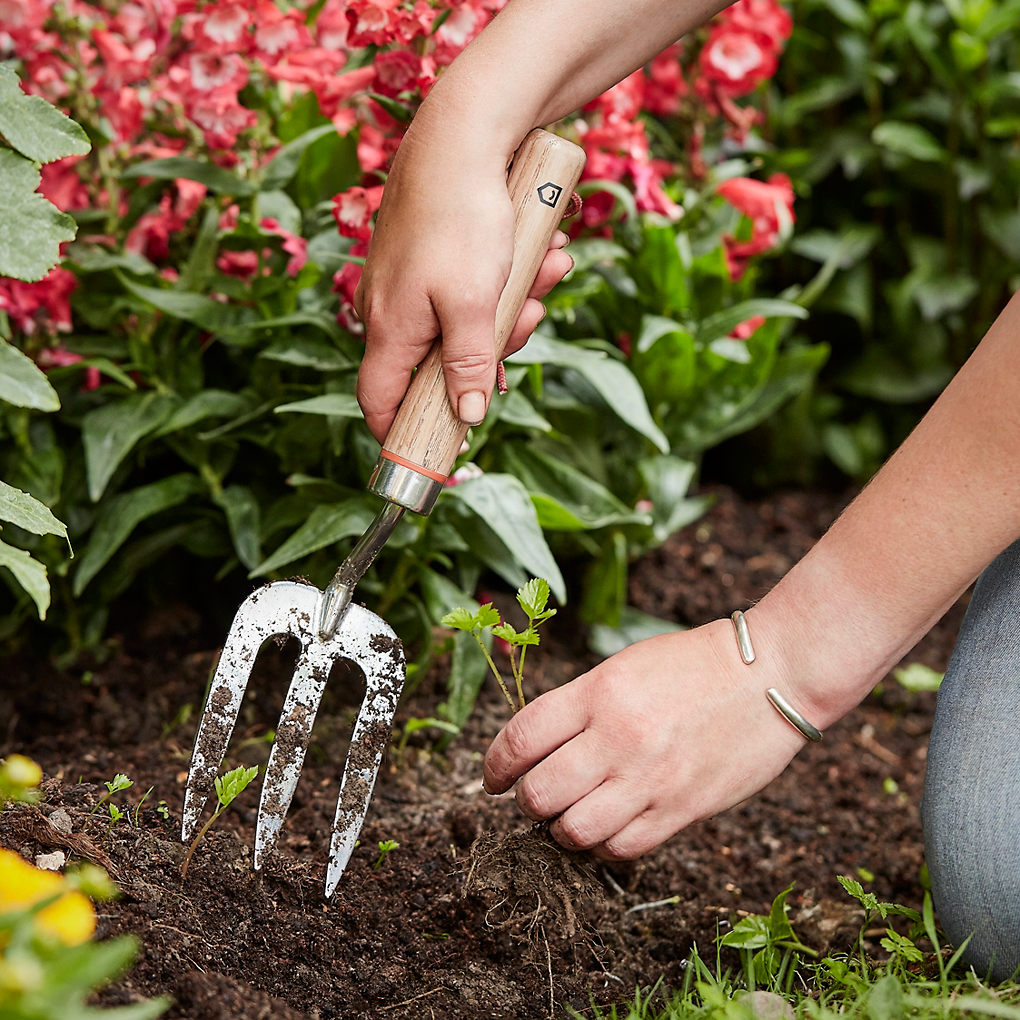Christmas clearance has landed! Click + Collect selected items in just one hour. Shop now >>
Perfect plant pairings
Every plant you pick for the garden adds its own wonderful personality to your plot. There’s the tall and willowy, the small and shrubby, the sun-worshippers, the shade dwellers, the loud and colourful, and the unassuming beauties. They all offer something beautifully unique, and when their complementary features are paired together, it helps the garden thrive more naturally.
Maybe one shades the other from the summer sun, one smothers those troublesome weeds, others even fend off unwanted pests. Companion planting is a natural and practical solution to some of the common problems you come across in your garden – and a positive step towards reducing the use of pesticides. This shift in thinking has led to a trend in more informal gardens that are kinder to the environment and provide a home for many species of wildlife. It’s a savvy way to design your plot and let nature do its thing.
So, here are some of the plants to try for creating harmony in your garden. Think about planting to create shade, protect your vegetables, support climbers, and suppress weeds.
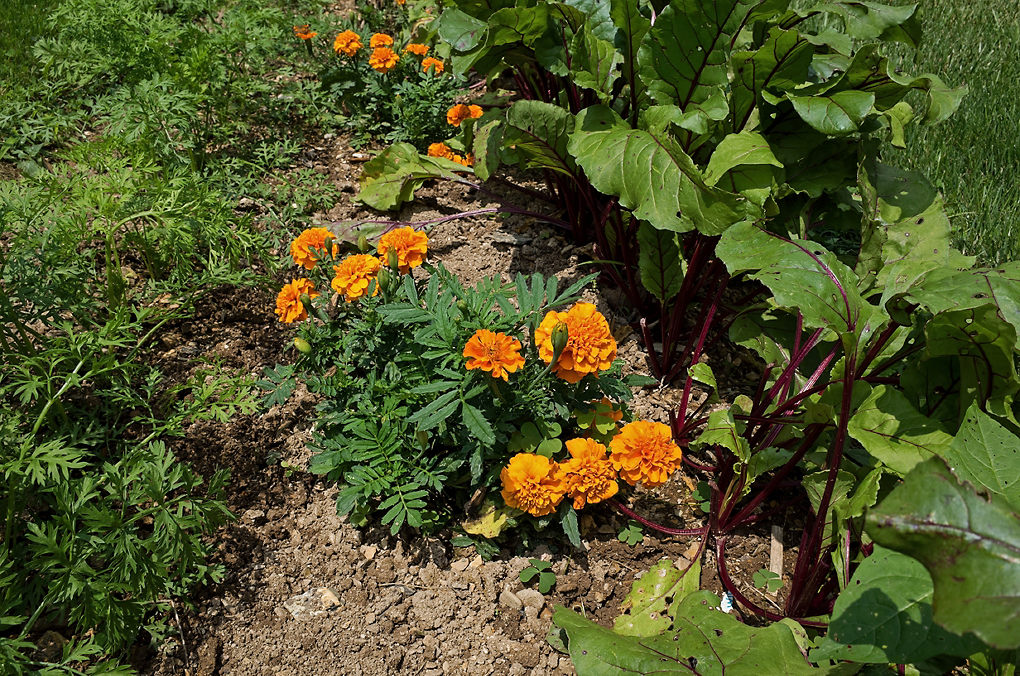
Creating shade
Sunny gardens are a dream, but it can still be a challenge to establish plant cover under the shade of larger plants and trees. Luckily, everything in nature is about balance and there are a number of plants that love these conditions.
Starting at the top, the larger plants need good height and leafy reach. The graceful parasol canopy of acers and trees cast a lovely area of dappled shade.
For their smaller companions, think shade-loving ground plants. The obvious choices are feathery ferns such as tree fern or ostrich fern, and shade-tolerant grasses like miscanthus morning light. Hosta is another fantastic option with lush dense foliage, coming in different shades and sizes. For a splash of colour there are varieties of shade-appreciating foxgloves with clusters of bell-shaped flowers that bloom in the summer months. You could even go for a plant like coleus; its leaves burst with interesting markings and it comes in a wide variety of colours.
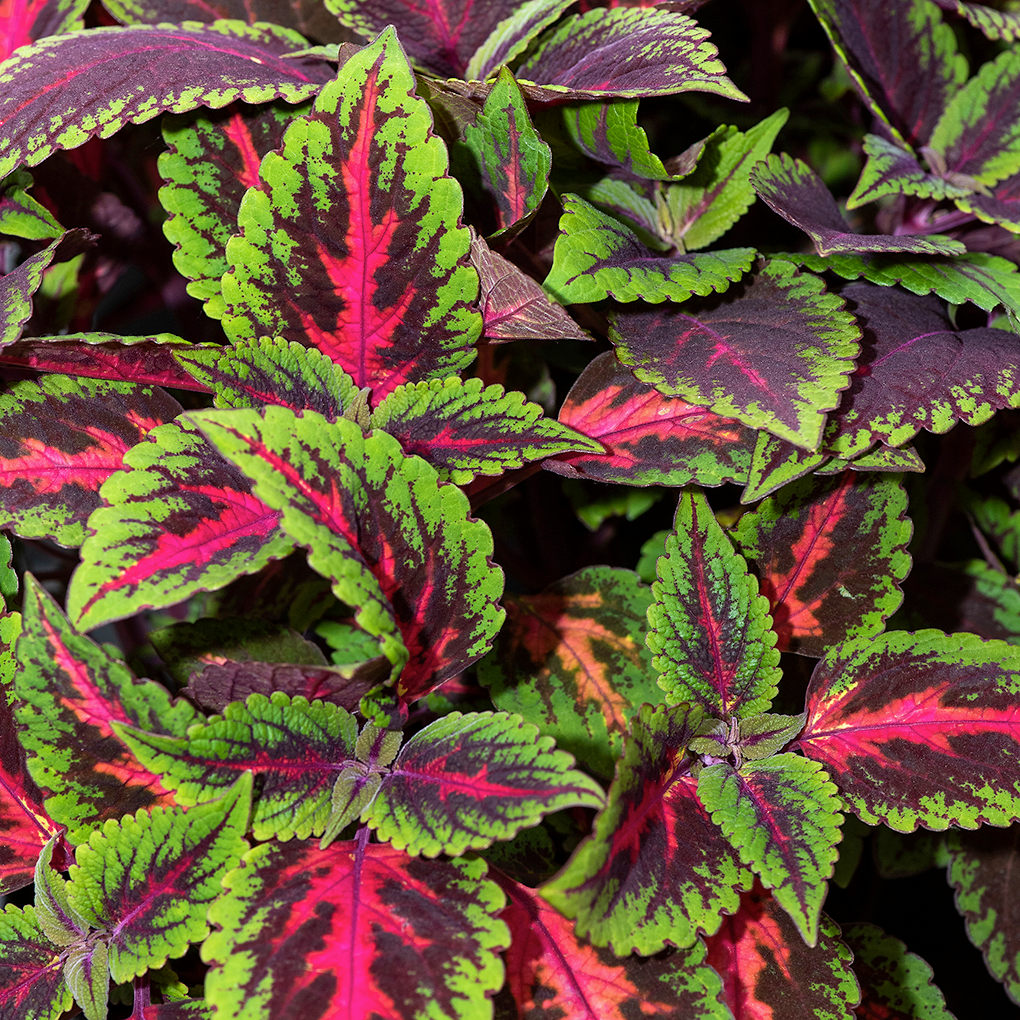



Protecting vegetables
A regular conversation among gardeners is how to protect your crops from pesky pests. There are some handy hacks here that give you an excuse to plant some tasty combinations for cooking up in your kitchen too.
A great place to start is a classic pairing – tomato and basil. They’re not just delicious together in a summer salad, but also ideal growing partners. Basil is said to enhance the flavour of the tomatoes, as well as repel flies and mosquitoes. Parsley is another one that helps protect tomatoes from their foes. Plant the herbs between the tomatoes and keep an eye on the results.
Popular brassicas such as cabbages are particularly susceptible to damage from pests. You can try planting them next to sage, or plant nasturtiums to provide an alternative spot for cabbage white butterflies to lay their eggs.
Carrots and onions are also great companions. The scent from each crop will help to deter attacks of carrot and onion fly.
Then there’s mint. It can repel pests, but make sure you keep it in a pot as its spreading roots can quickly take over other plants in the vicinity.
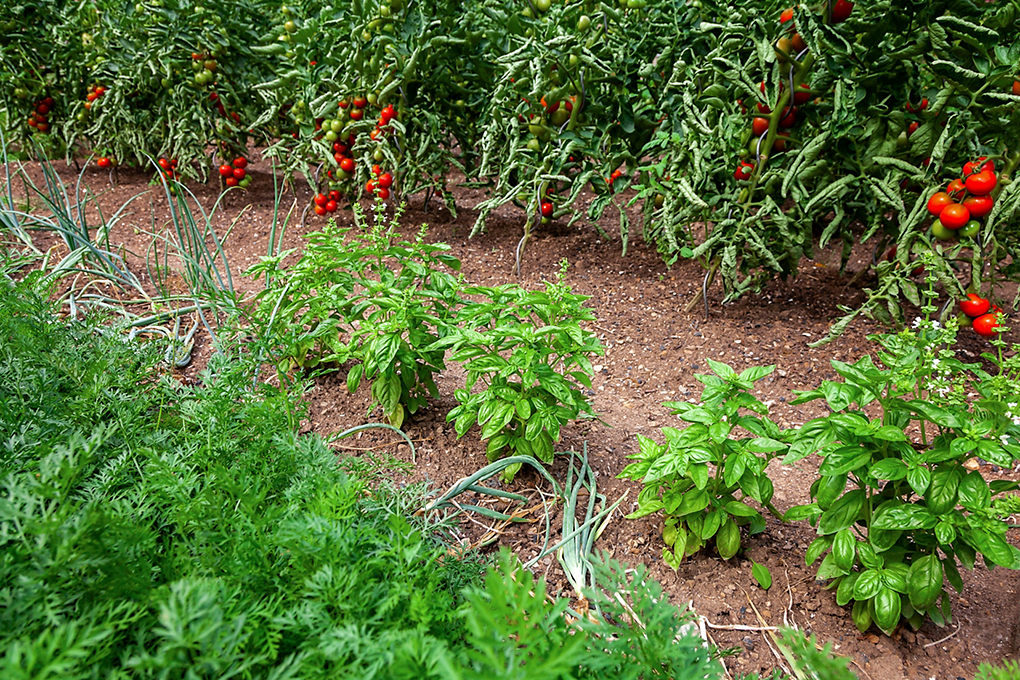
Supporting climbers
Tall and sturdy plants are brilliant for supporting lighter climbers, meaning you can leave the trellis and garden canes in your shed.
A good example is corn. Once it’s established and a reasonable height, plant pole beans in the same patch and they will twine round the corn stems for support. Beans make a superb companion, as they’re happy in partial shade and don’t strip nutrients from the soil.
If you have a fair amount of space, you could even add pumpkins or squashes to the outer edges of the patch. Known as the Three Sisters technique, the plants work together, creating the right conditions to help each other thrive – it’s the perfect partnership.
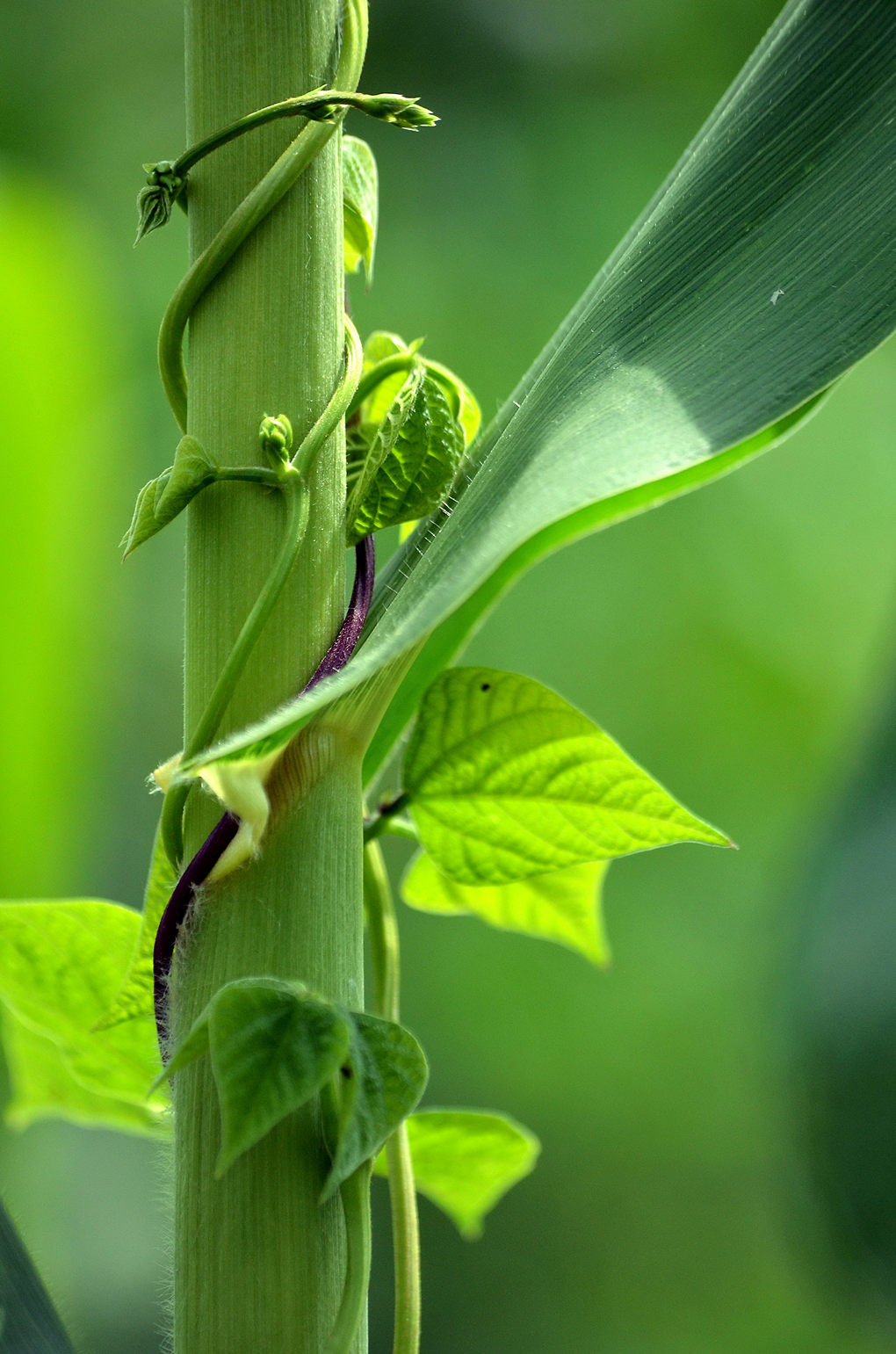
Suppressing weeds
Lastly, weeds popping up in unwanted places are an annoyance for every gardener; they’re not just unsightly but backbreaking to clear from your plot too. So, here’s a little trick to help prevent them getting a look-in. We can’t promise miracles, but it’s definitely worth a try!
The idea is to plant dense ground cover underneath taller plants where weeds typically take hold. Replace the space for weeds with a spot for the plants you love.
Add varieties with dense foliage and good spread such as ivy with its distinctive leaves and wild vibe. The striking silver cineraria shrub, also known as ‘silver dust’, is an option that will create wonderful coverage and spectacular contrast against any dark or bright colours in your garden.

Find your perfect pairing
These are just a few of the combinations to try. It’s always exciting to revisit your garden design, not just to refresh your borders and find a place for that lovely new plant, but to look at how it can work more naturally and support wildlife too. Now, go and have fun putting your own stamp on plant pairings.
